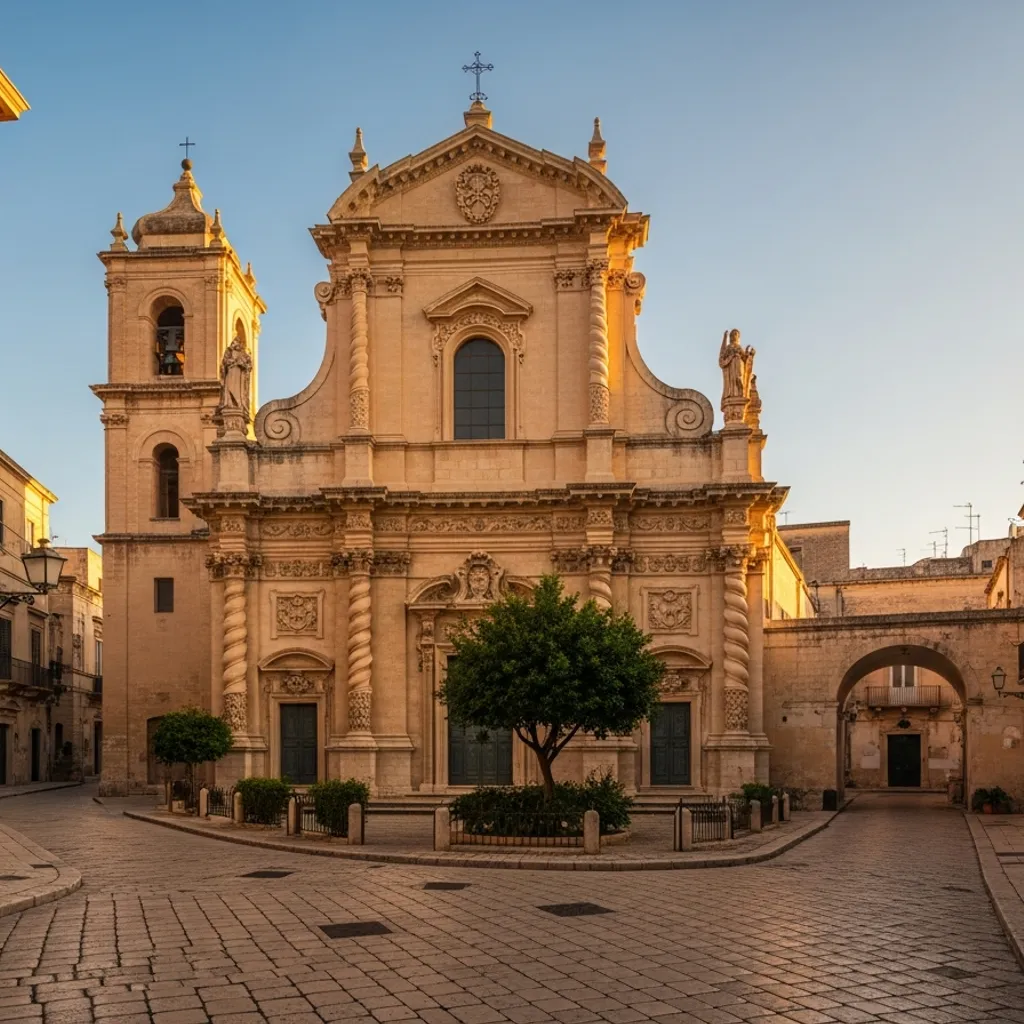Lecce city break: Baroque streets and slower rhythms
If you want a Lecce city break, expect a compact, walkable city of warm Baroque façades, lively piazzas, and a strong artisanal culture. Move on foot to find carved stone details, family cafés, and small workshops where ceramics and textiles are made. Taste seasonal seafood and vegetable dishes, linger over long meals, and buy directly from local makers. The city also serves as a handy base for short drives to sandy coasts and olive-strewn countryside, making it an ideal hub for Puglia travel. Visit in spring or early autumn, pack comfortable shoes, and allow two to four days to settle into the pace. Plan mornings for market browsing and afternoons for museum visits, use local transport for day trips, and leave room for unplanned discoveries.
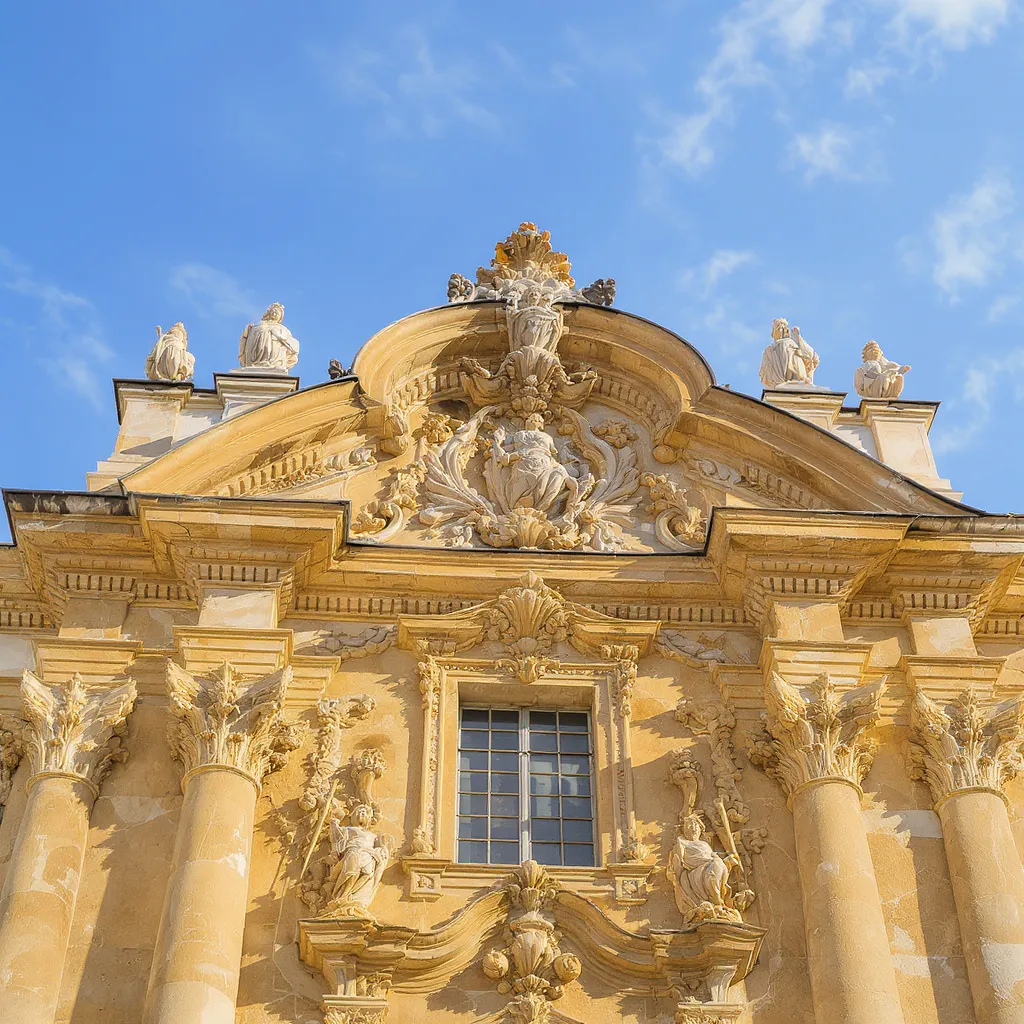
Lecce’s building stone, pietra leccese, soft at the cut then hardening markedly in the air, lets artisans carve deep detail that holds its edge across Baroque façades.
Baroque Architecture and Landmarks
Start with the city’s baroque fabric, where carved stone, grand portals and civic architecture tell practical stories about life across centuries. Begin at Castello Carlo V di Lecce , whose towers, prisons and inner courtyards set a solid historical frame, noting that some rooms can be closed for restoration. Move on to the compact sculptural details in Ex Chiesa di San Marco , where Corinthian columns and floral friezes reward a slow look. Pause inside the intimate Church of Saint Clare to study stucco and woodwork, then pass through the ornate threshold of Porta San Biagio as you thread into the old streets. Finish with a ramble around the Centro Storico di Lecce , letting façades, side alleys and hidden courtyards set the pace for the day.
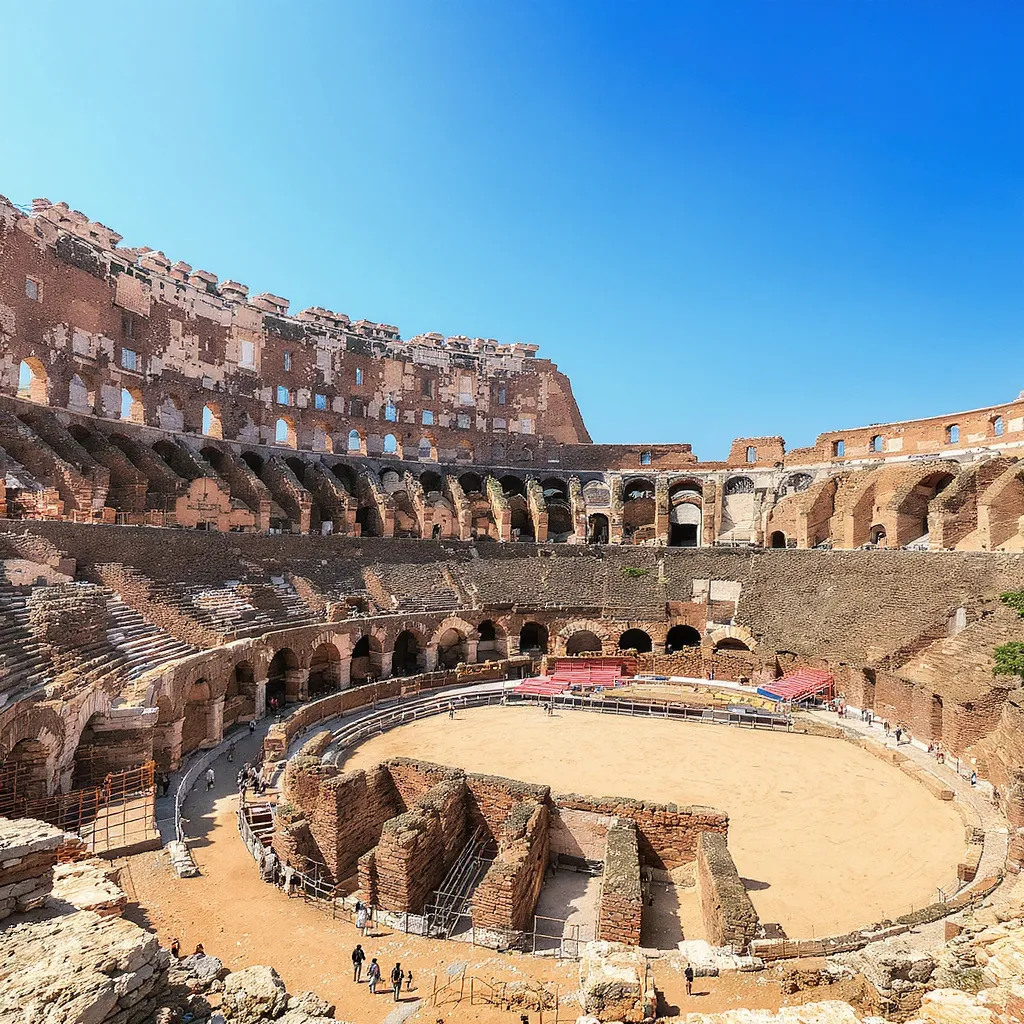
Only about one third of the Roman Amphitheatre is exposed, excavations begun in 1900 and continuing with pauses until 1940 revealed an Augustan era arena of roughly 102 by 82 metres built for an estimated 12,000 to 14,000 people.
Art Museums and Underground History
For layers of culture, plan a loop that moves from contemporary rooms to unexpected archaeological finds. Start below ground at Museo Faggiano , where renovation discoveries reveal Roman, medieval and later occupations in cool, atmospheric spaces. Continue to curated contemporary shows at Art&Co Gallerie Lecce , then explore three floors of paintings and sculpture at SHIP IN ARTE , which pairs thoughtful curation with accessible interpretation. Between visits, stand in the central social space of Piazza Sant’Oronzo to read sculpted details and Roman remains, or take the alternate viewpoint from Piazza Sant’Oronzo as the square shifts from day to evening energy. This route balances close looking with open public life.
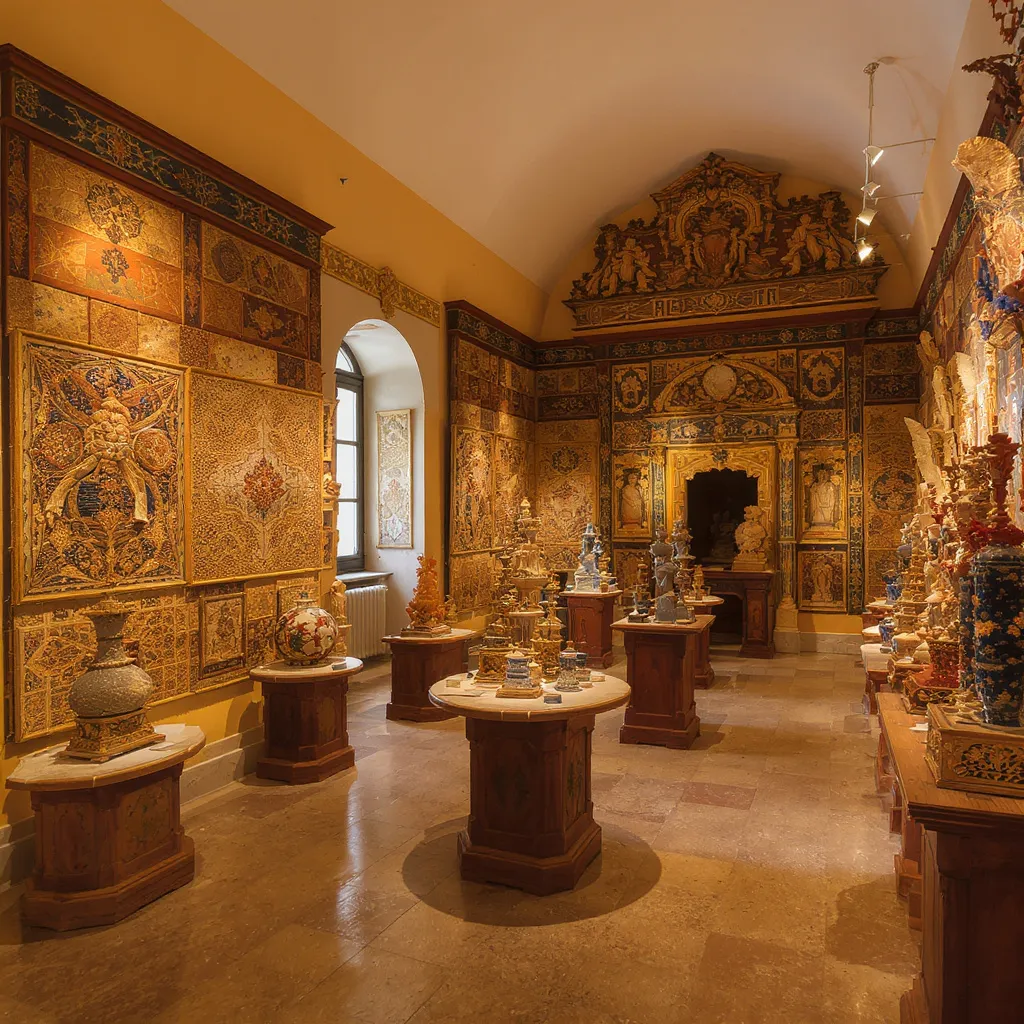
Lecce opened the Museo della Cartapesta in December 2009 inside Castello Carlo V, a permanent display that traces the city’s papier mâché tradition from early 18th century origins to its 19th century peak.
Local Food, Markets and Cooking
Food connects observation with doing, start small and build into a hands-on evening. Pick up fresh basics or Asian ingredients at the neighbourhood Alimentari Foodmarket to see what local home cooks buy. For practical cooking sessions book a class such as Cooking Experience Cooking Classes , where instructors guide you through regional recipes, or try a lively pasta workshop at Cooking Class Lecce Go for technique and convivial dining. Cook in Puglia offers family style lessons with wine pairings, and when you want to eat out, reserve a table at Signuria Restaurant & Caffè for polished regional dishes and attentive service. These options let you taste, learn and take recipes home.
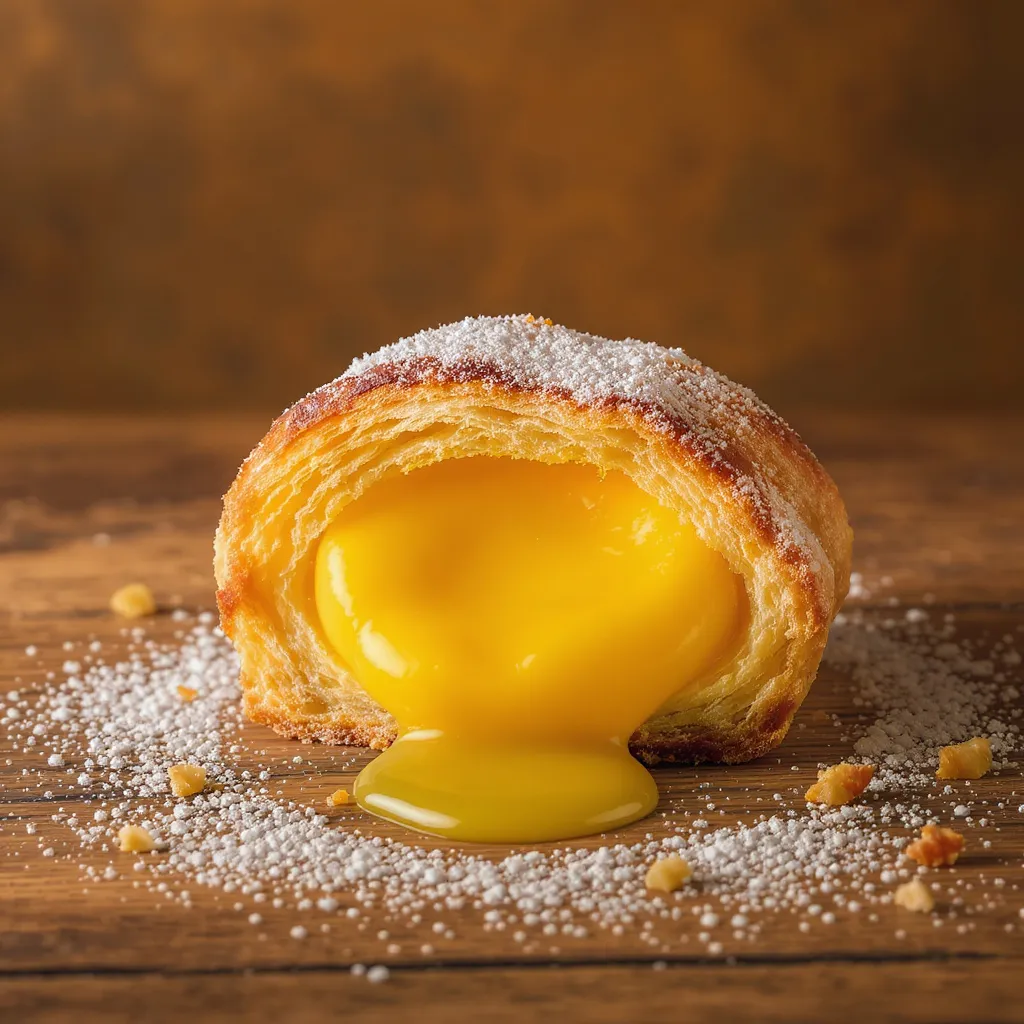
Pasticciotto is officially recognised as a Traditional Agri food Product of Puglia, entered on the national PAT list in 2004.

